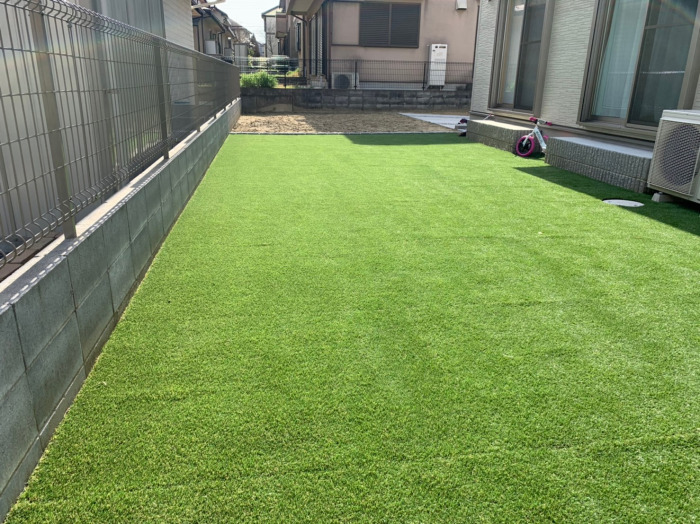The Role of Synthetic Grass in Sustainable Landscape Architecture

본문
Synthetic grass is increasingly becoming a key element in green infrastructure planning due to its ability to conserve scarce water resources, minimize yard labor, and avoid toxic pesticides and fertilizers. In arid climates, replacing traditional lawns with synthetic turf can lead to significant water savings. Unlike natural grass, artificial turf needs no watering, which helps conserve this vital resource and eases pressure on municipal systems.
In addition to low-water performance, synthetic grass eliminates the need for mowing, fertilizing, and applying pesticides or herbicides. This not only reduces labor costs and effort but also cuts carbon output from lawn mowers and trimmers and stops toxic leaching into groundwater and streams. For cityscapes and frequently used communal areas such as public greenways, schoolyards, and athletic courts, artificial turf provides a durable, low-impact surface that stays functional in all seasons.

The multi-decade service life of synthetic lawns—often 15 to 20 years with correctly laid and maintained—means a reduced lifecycle footprint compared to the repetitive cultivation and care of organic grass. Many modern synthetic grass products are also made from recycled materials, further encouraging material reuse. At the end of its life, certain models are fully recyclable, reducing landfill waste.
While concerns about heat retention and microplastic shedding exist, new engineering solutions are mitigating these drawbacks. Low-heat polymers and eco-friendly infills derived from organic or reclaimed materials are now available to mitigate temperature rise and 熊本 人工芝 施工 environmental impact. When strategically incorporated into outdoor plans, artificial turf enhances local vegetation, concrete accents, and irrigation art, to create holistic, eco-friendly outdoor spaces.
Overall, artificial turf serves a critical function in environmentally responsible outdoor planning by offering a dependable, durable, and low-impact solution to traditional lawns. Its widespread use furthers broader goals of conservation, resource efficiency, and climate resilience in homes and businesses.



댓글목록0
댓글 포인트 안내